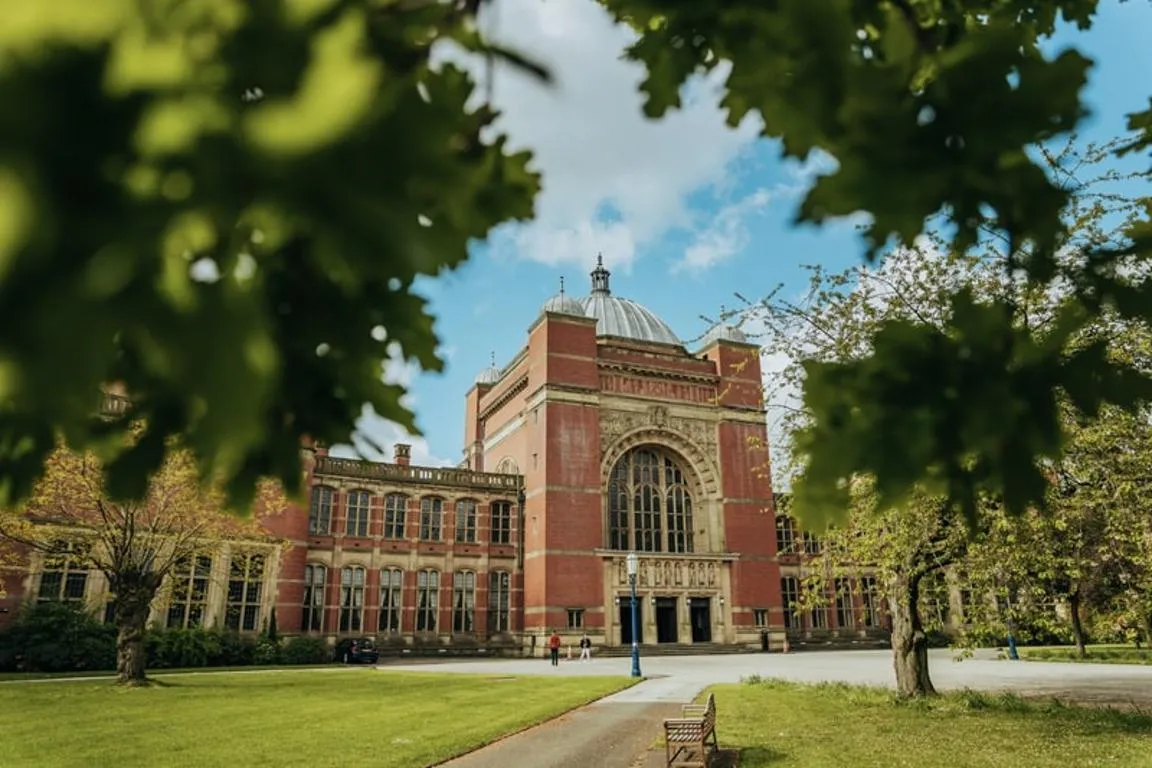For example, the team has introduced a network of interconnected straps and nets at Twycross Zoo, from the top to the bottom of the chimp enclosure, which contains the chimps’ bedding material and from which foraging pockets hang, containing their food. The movement of the network of these supports changes depending on how many of the chimps are using them and what they are doing, making their habitat unpredictable and more challenging to move around. The chimps have to arm-hang from multiple flexible straps and duck, dive and bend in different ways, using movements which will build a more natural, wild-type musculo-skeletal system.
